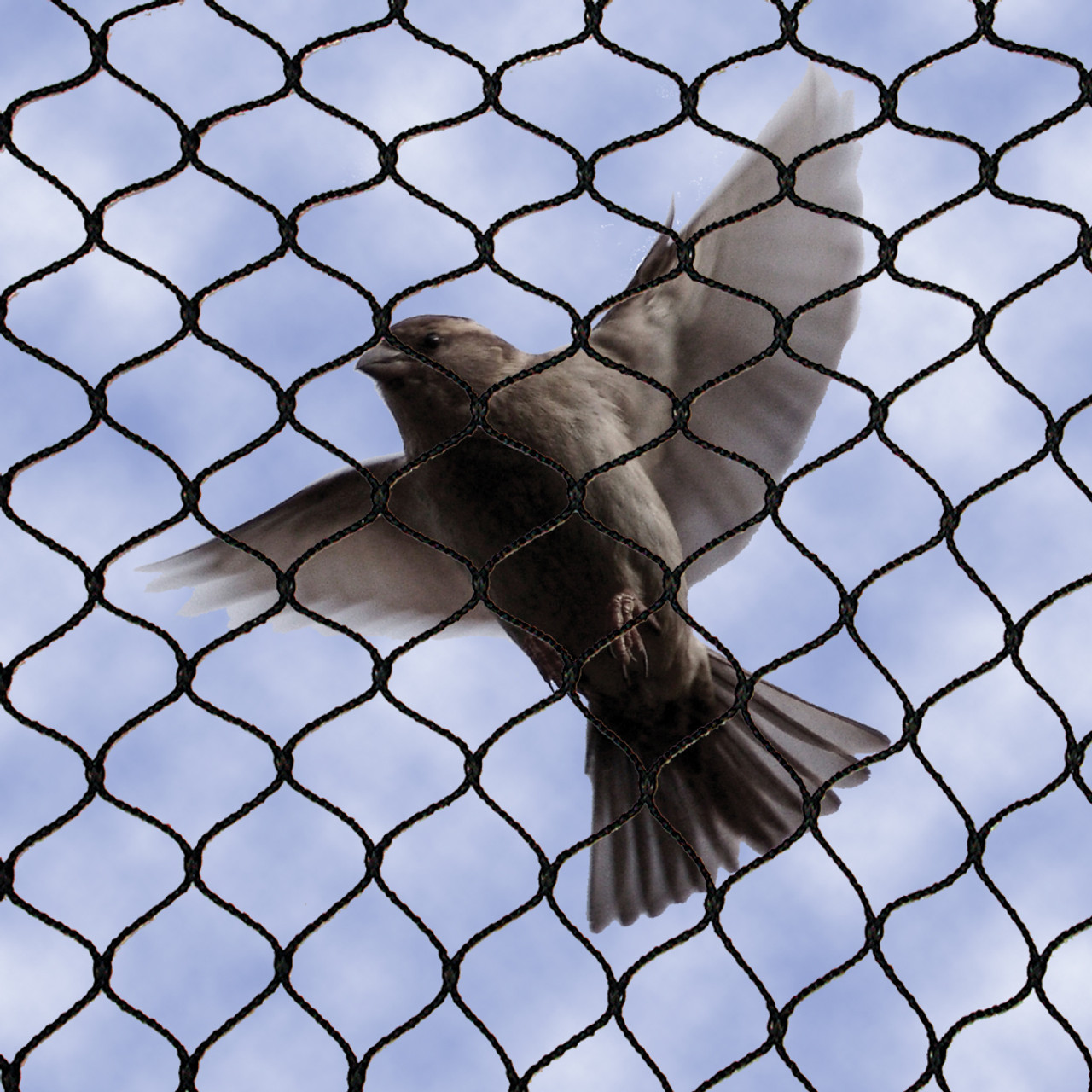
Harnessing Garden Netting: A Comprehensive Guide to Enhancing Garden Protection and Productivity
Introduction: Gardens are not just places of beauty; they are also havens of growth and nourishment. Yet, in the battle against pests, unpredictable weather, and other challenges, gardeners often seek reliable solutions to protect their precious plants. Enter garden netting, a versatile tool that offers an array of benefits to safeguard and optimize garden yields. In this article, we’ll delve into the world of garden netting, exploring its diverse applications and how it can revolutionize gardening practices.
1. Pest Exclusion: One of the primary purposes of garden netting is to keep pests at bay. Insects, birds, and small animals can wreak havoc on garden crops, causing significant damage and reducing yields. Garden netting acts as a physical barrier, preventing pests from accessing plants and feeding on leaves, fruits, and vegetables. By covering garden beds or individual plants with netting, gardeners can effectively protect their crops and ensure a healthier, more abundant harvest.
2. Bird Deterrence: Birds are not just charming visitors to the garden; they can also be voracious consumers of ripe fruits and tender shoots. Garden netting provides an effective solution by creating a barrier that deters birds from accessing crops. The fine mesh of the netting allows sunlight and rain to penetrate while keeping birds at bay, preserving fruits and vegetables until they are ready for harvest. With the strategic use of netting, gardeners can enjoy the beauty of birds without sacrificing their harvest.
3. Weather Protection: Garden netting offers valuable protection against adverse weather conditions, such as intense sunlight, strong winds, heavy rain, and hailstorms. During periods of extreme heat, netting provides shade, reducing the risk of sunburn and heat stress on plants. In regions prone to hailstorms, netting can prevent damage to delicate foliage and fruits, preserving the integrity of the garden. By creating a microclimate that is conducive to plant growth, netting helps plants thrive in various weather conditions.
4. Support for Climbing Plants: Many garden plants, including peas, beans, cucumbers, and tomatoes, benefit from vertical support as they grow. Garden netting serves as an ideal solution for training climbing plants, providing a sturdy framework for vines to climb. By installing netting trellises or frames, gardeners can maximize space in their garden beds and improve air circulation around plants. This promotes healthier growth and facilitates easier harvesting of fruits and vegetables.
5. Disease Prevention: Plant diseases can spread rapidly in garden environments, posing a significant threat to plant health and productivity. Garden netting acts as a barrier, reducing contact between plants and inhibiting the transmission of pathogens. By minimizing the risk of infection, netting helps maintain plant health and reduces the need for chemical interventions. This proactive approach to disease prevention contributes to the overall resilience of the garden ecosystem.
Conclusion: In conclusion, Netting For Garden is a versatile and indispensable tool for gardeners seeking to protect their plants and optimize their yields. From pest exclusion to weather protection and disease prevention, the benefits of netting for gardens are undeniable. By incorporating netting into gardening practices, gardeners can create healthier, more resilient garden spaces and enjoy bountiful harvests season after season.